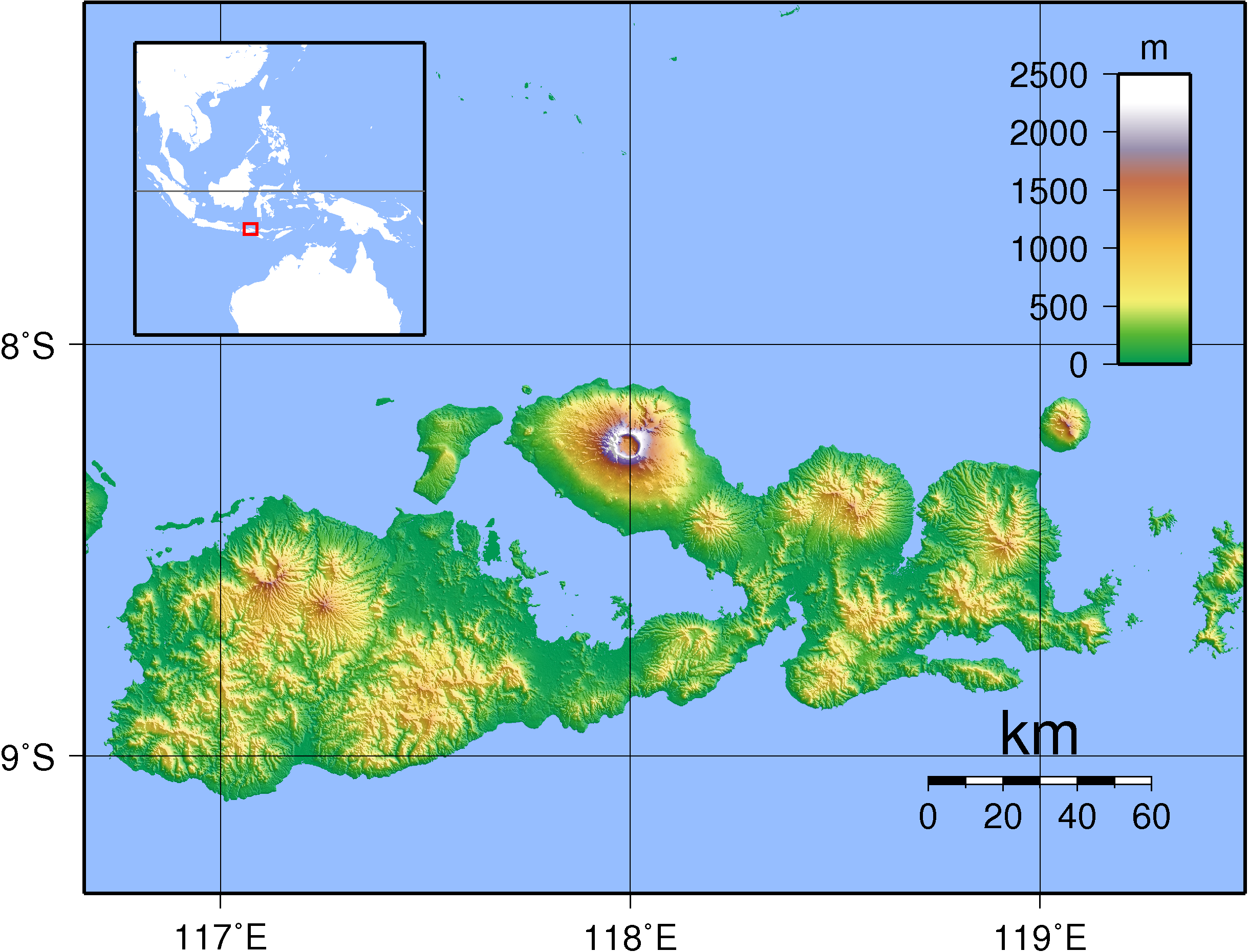 |
| Mount Tambora |
It is considered the world's largest ash eruption since the last ice age.Sulfate aerosols generated from the volcanic gases blocked sunlight turning the approaching summer into winter over much of the Northern Hemisphere.
"Because Tambora ejected sulfurous gas that generated sulfate aerosols in the atmosphere, which block sunlight, the eruption created a ‘year without a summer,’ leading to food shortages — people were eating cats and rats — and very general hardship throughout Europe and eastern North America"That summer, mean temperatures dropped by 0.7–1.3 °F (0.4–0.7 °C) around the world causing food shortages across the Northern Hemisphere.
— Stephen Self
Intense atmospheric haze led to unusually spectacular sunsets like those painted by the Romanticist landscape painter J. M. W. Turner (1775-1851).
 |
| J. M. W. Turner Sunsets |
REFERENCES
- 200th anniversary of Tambora eruption a reminder of volcanic perils, Robert Sanders, UC Berkeley News Center, 31 March 2015.
- Mount Tambora, Wikipedia.
- The Great Tambora Eruption in 1815 and Its Aftermath, Richard B. Stothers, 15 June 1984.
- Year Without Summer, Wikipedia.



